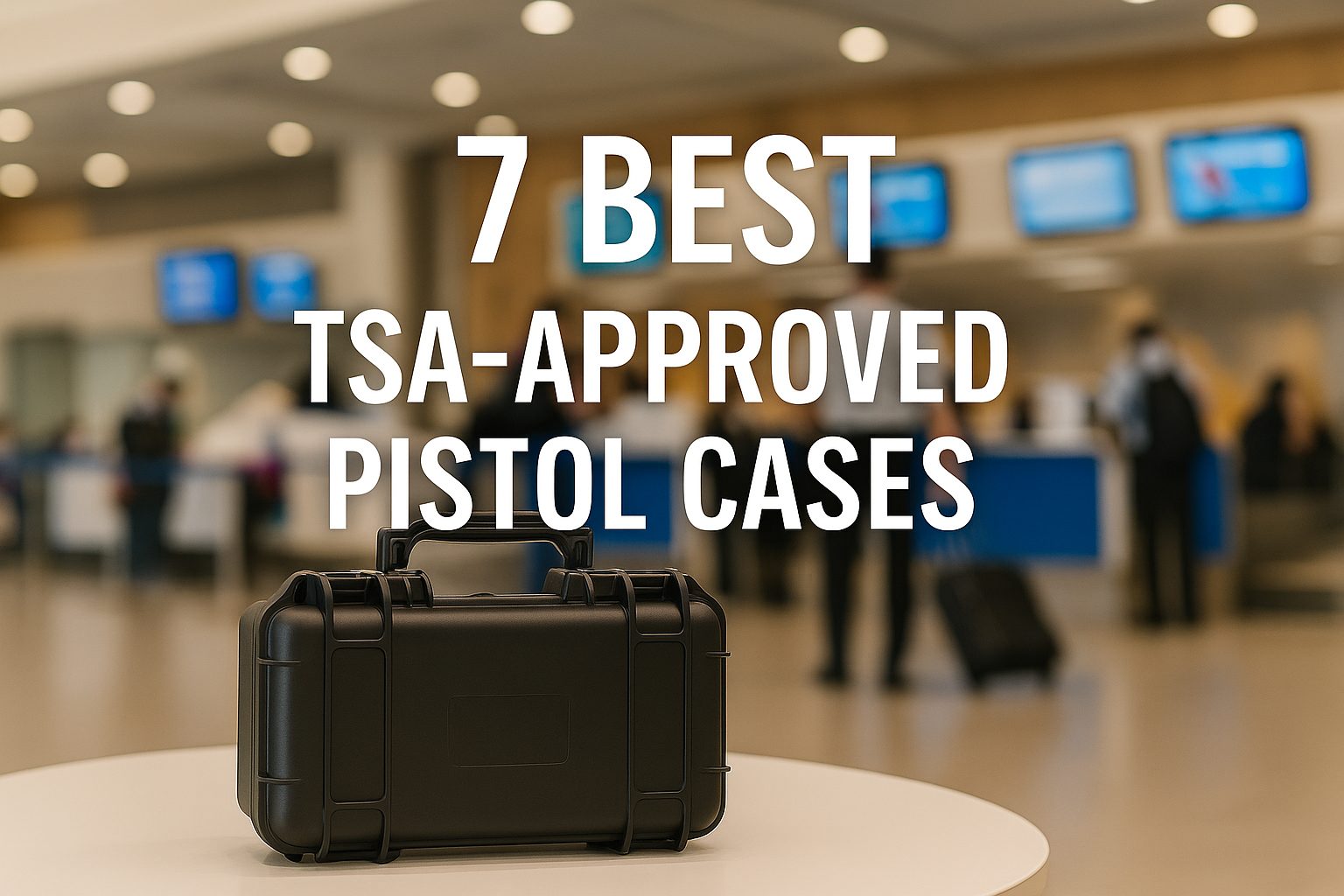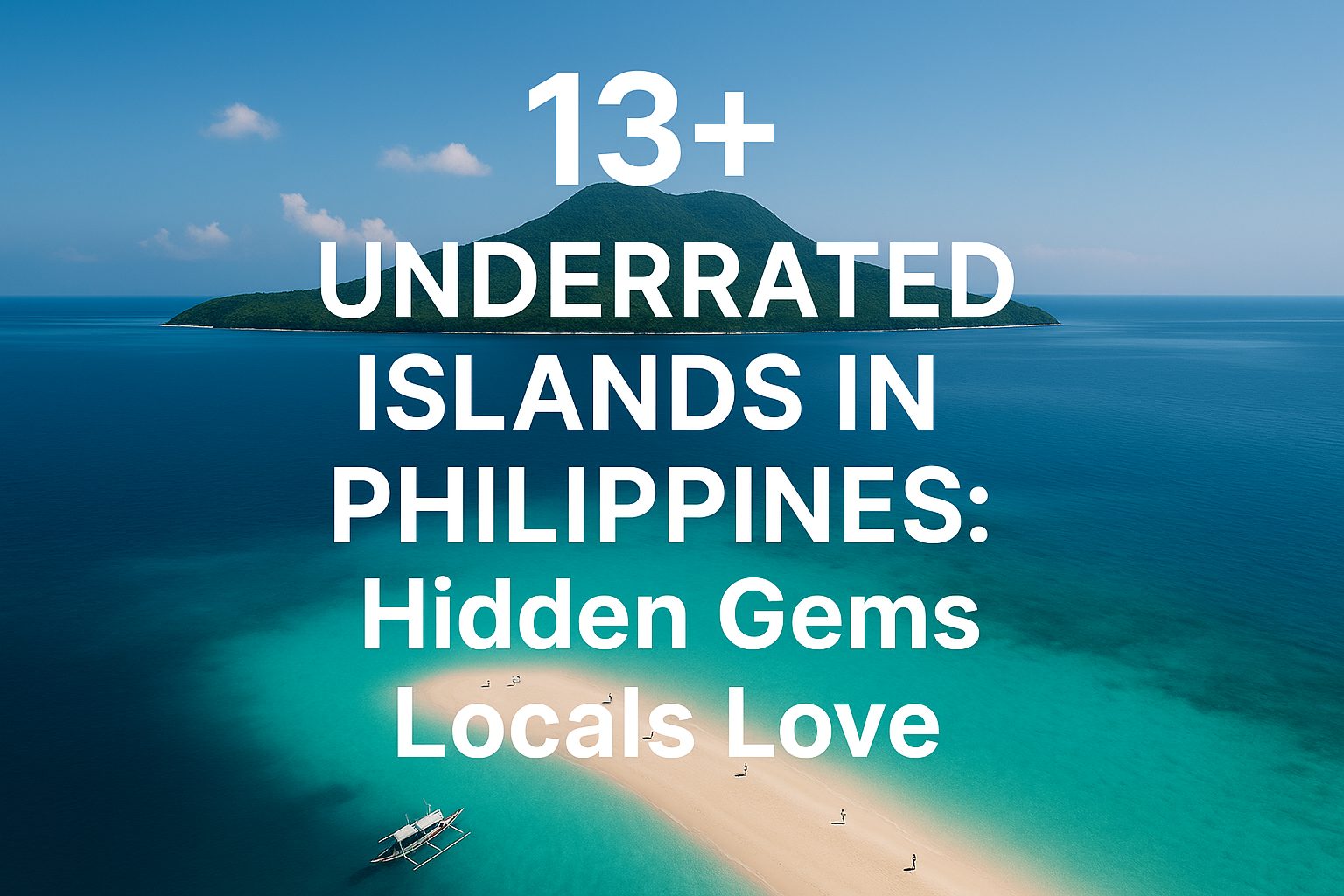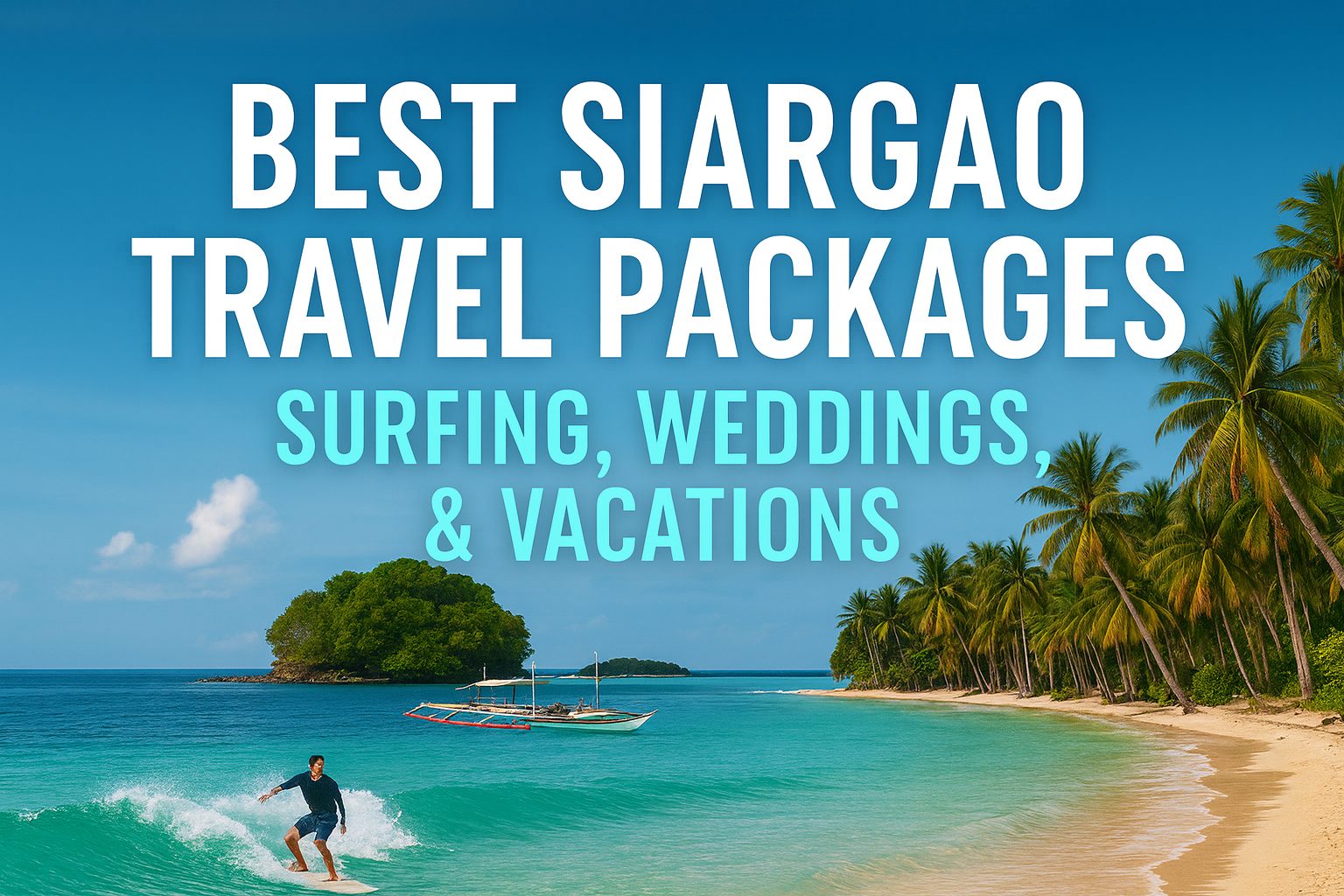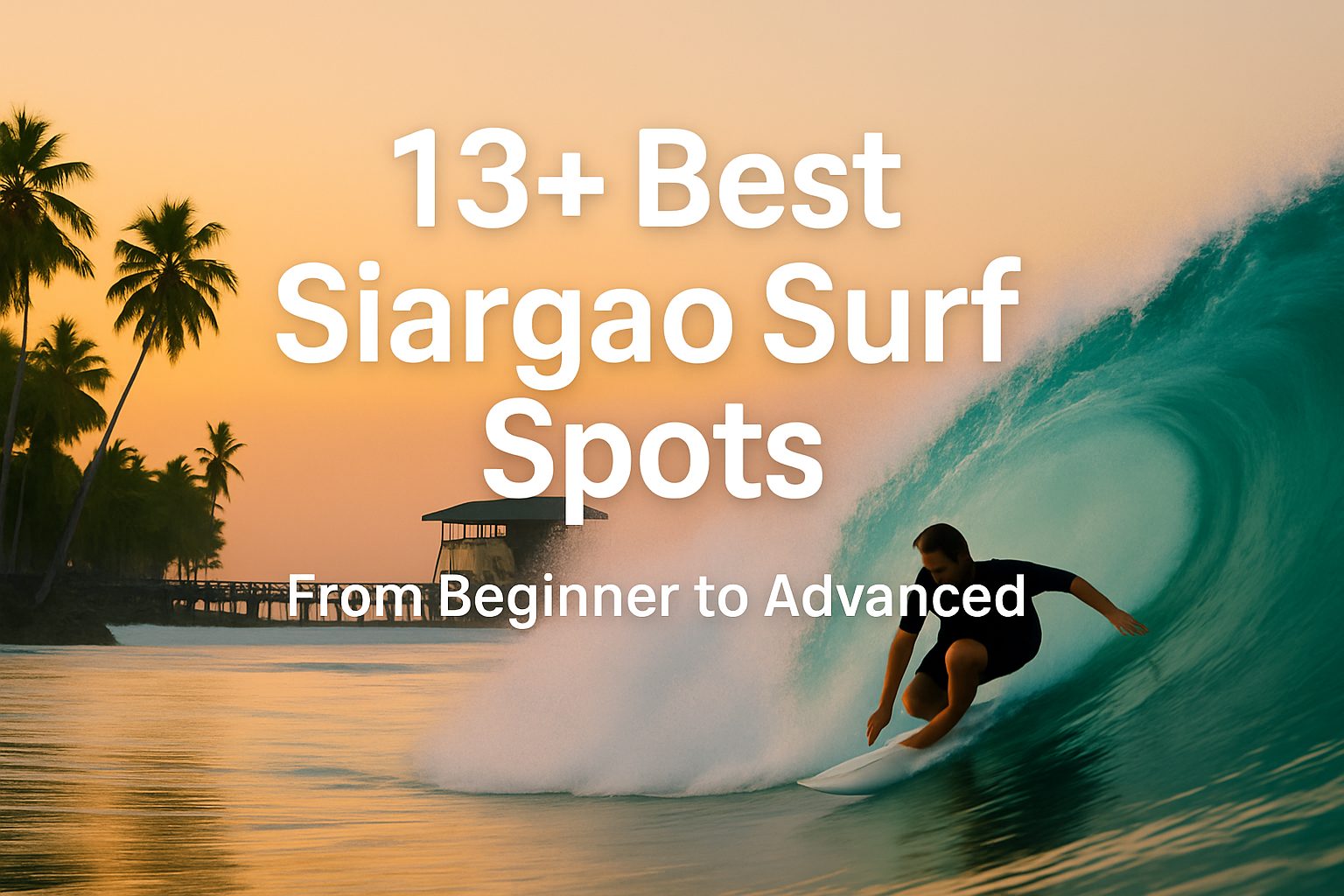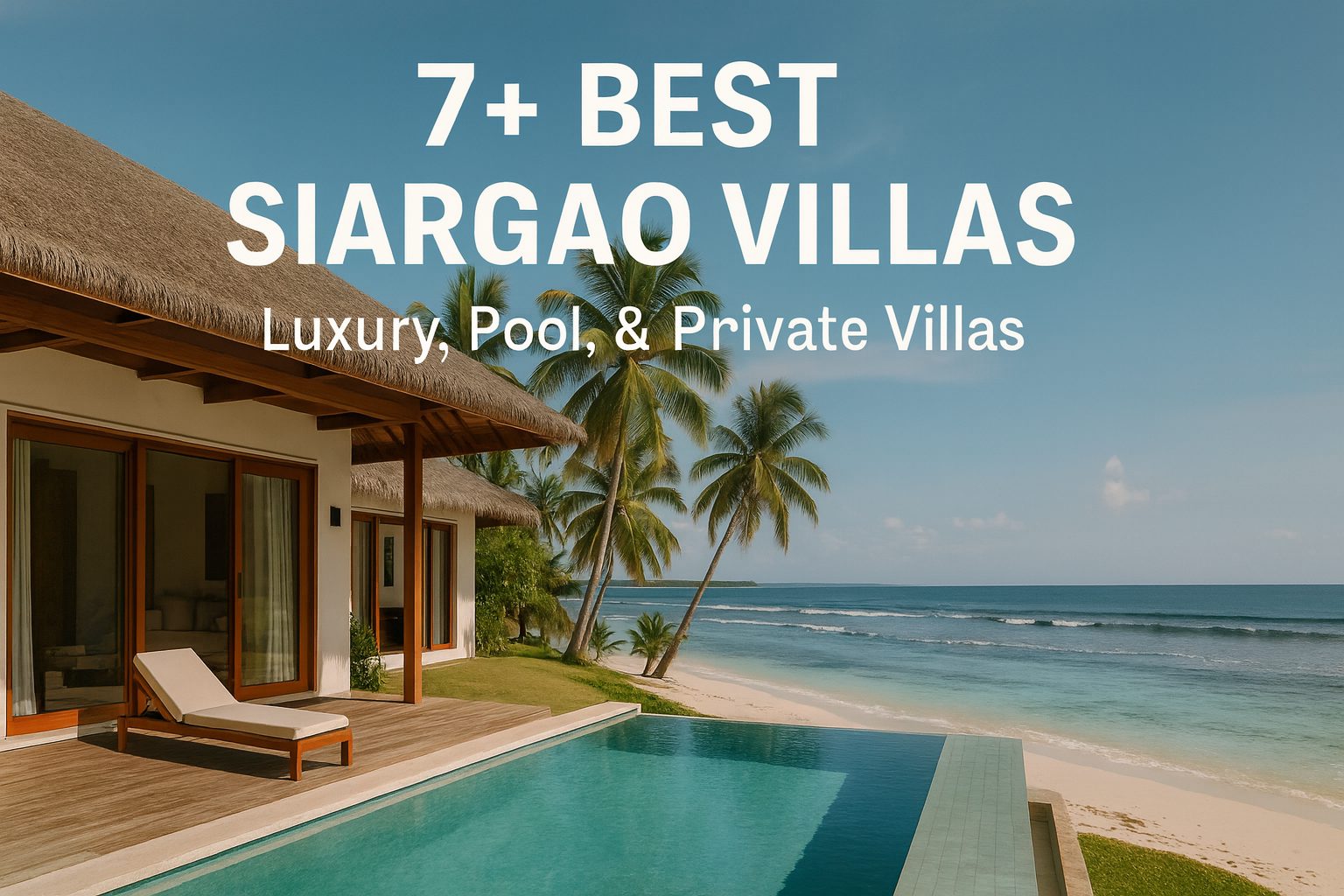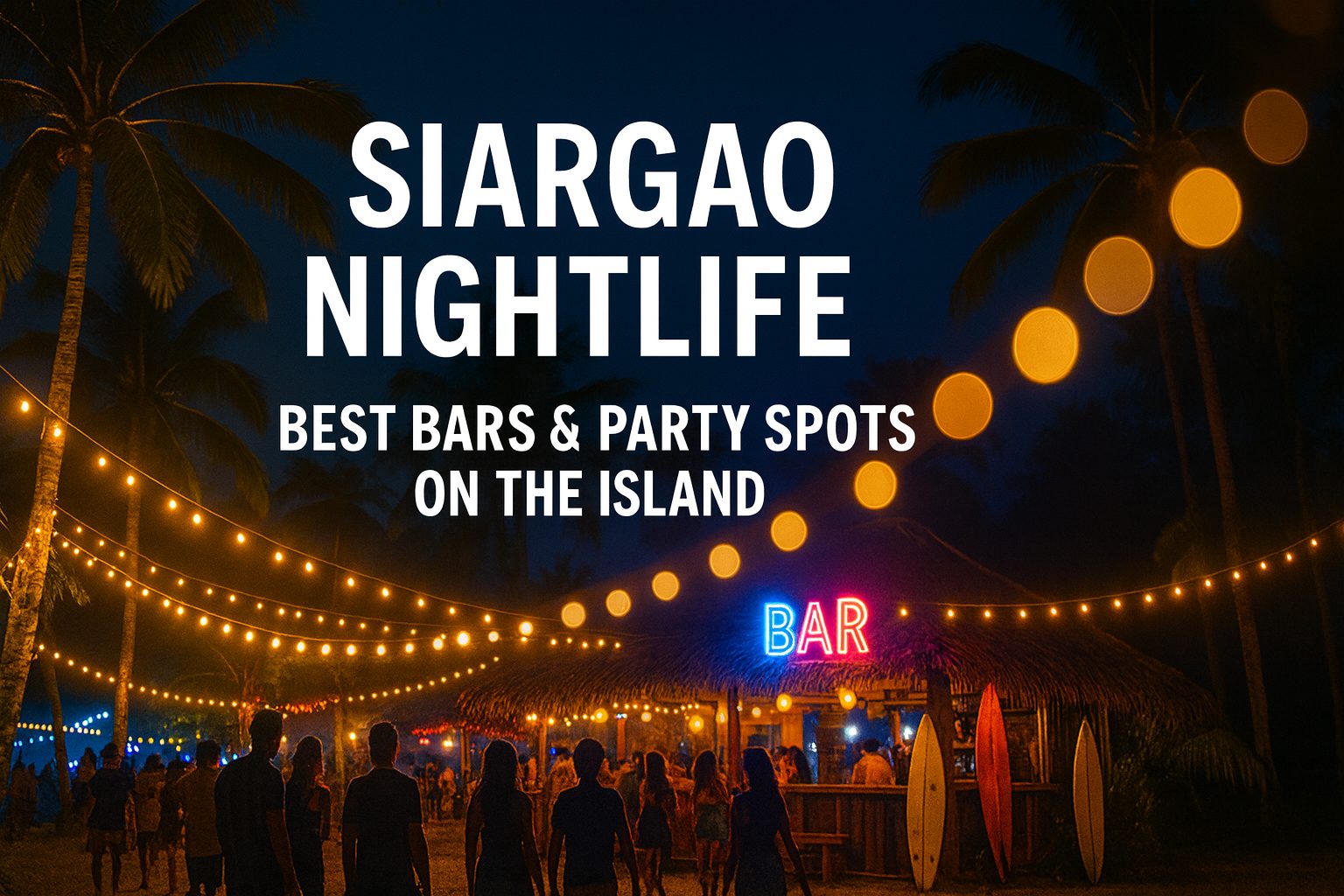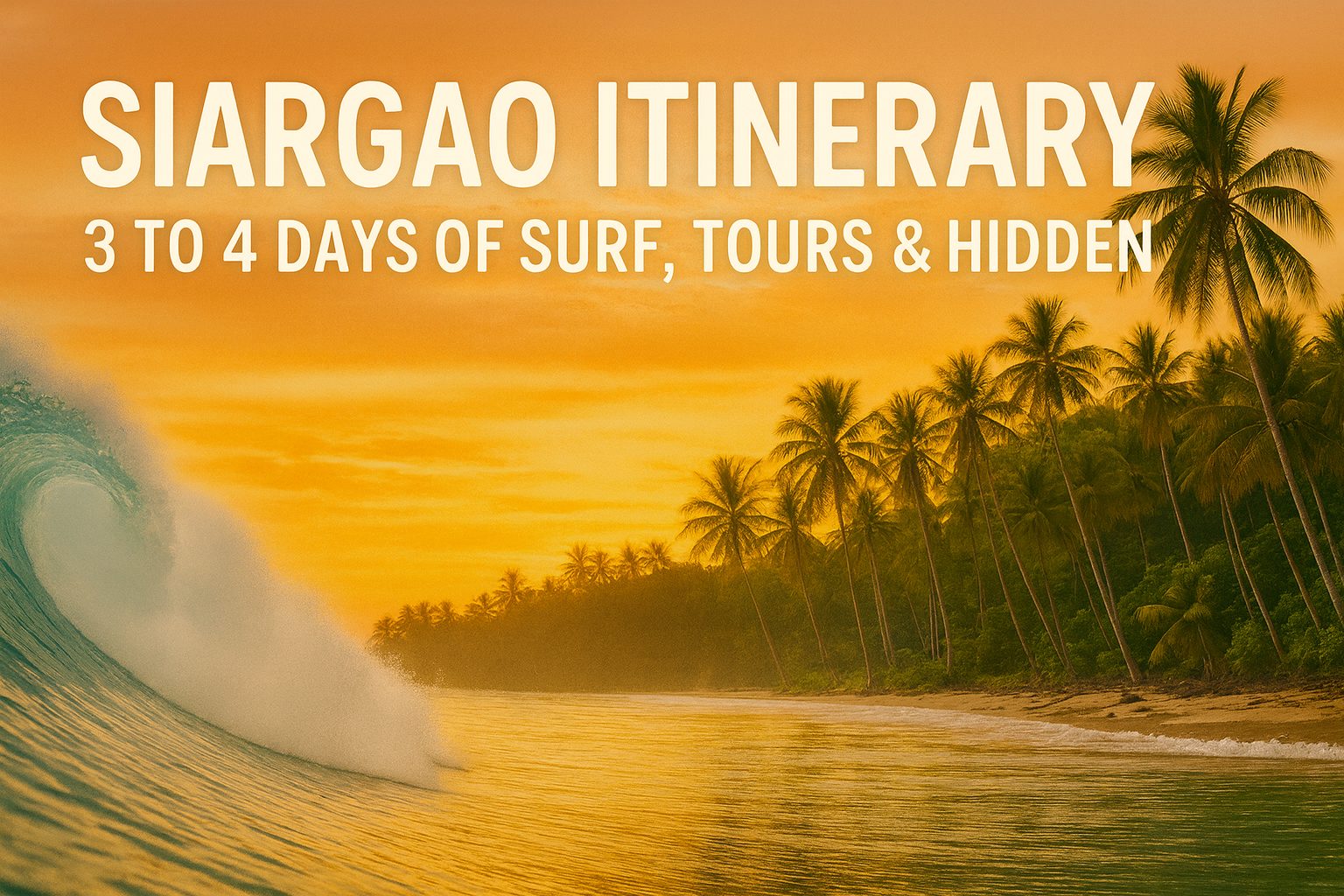Alex
Latest <span>Alex</span> Travel Guides
-

9+ Best TSA Approved Rifle Cases for Air Travel
Flying with a rifle can feel intimidating if you have never done it before. Between TSA checks, airline policies, and rough baggage handling, you need…
-

7+ Best TSA Approved Pistol Cases for Air Travel (Top Picks)
Flying with your pistol doesn’t have to be stressful. ✈️ The secret is using a TSA approved pistol case that keeps your firearm safe, locked,…
-

7+ Best TSA Approved Gun Cases: Everything You Need to Know
Flying with a firearm can feel intimidating, but it doesn’t have to be. I’ve flown with guns several times, and once you know the process,…
-

13+ Underrated Islands in the Philippines: Hidden Gems Locals Love
Everyone knows Boracay, Palawan, and Siargao. They’re stunning, no doubt. But they’re also crowded. Lines for boats, packed beaches, and that sense that paradise got…
-

Best Siargao Travel Packages: Surfing, Weddings, & Vacations
Siargao isn’t just a destination, it’s a lifestyle. 🌊 Known as the Surfing Capital of the Philippines, this laid-back island mixes world-class waves with lagoons,…
-

Siargao Car Rental & Motorbike Rental Guide: Prices, Tips, & Companies
Looking to explore Siargao at your own pace? Whether you want to chase waves in Cloud 9, cruise the palm-lined roads of General Luna, or…
-

13+ Best Siargao Surf Spots: From Beginner to Advanced
Welcome to Siargao, the surfing capital of the Philippines. 🏄♂️ This island is every surfer’s dream, with over 20 unique Siargao surf spots stretching along…
-

The 7+ Best Siargao Villas: Luxury, Pool, & Private Villas
Siargao has transformed from a quiet surf spot into one of the Philippines’ most sought-after islands. It’s where mornings start with perfect waves and afternoons…
-

Siargao Nightlife: Best Bars & Party Spots on the Island
Siargao isn’t just for surfers. When the waves calm down, the island wakes up in a whole new way. 🌴 By day, you’ll find coconut…
-

Siargao Itinerary: 3 to 4 Days of Surf, Tours & Hidden Gems
Siargao isn’t just another island, it’s a vibe. 🌴 Mornings start with waves at Cloud 9, afternoons drift by under coconut palms, and sunsets feel…

